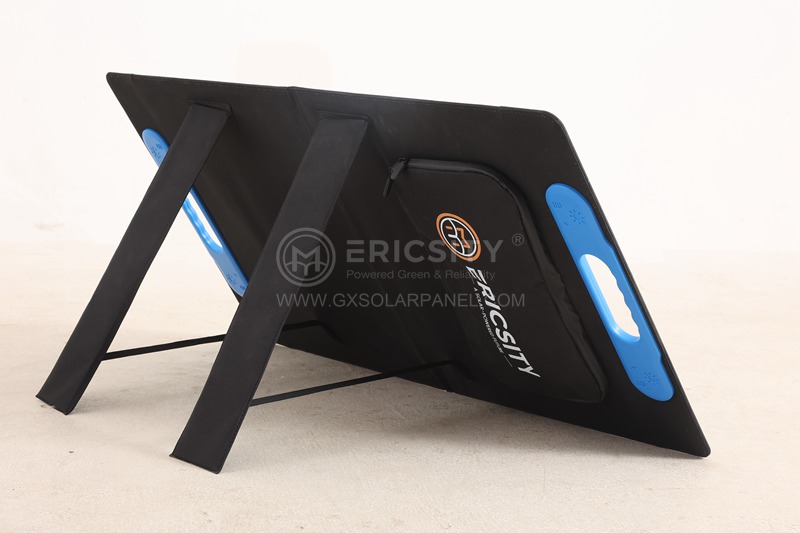HOT PRODUCT
Product Details
the Science Behind Amorphous Flexible Solar Panels
The Science Behind Amorphous Flexible Solar Panels
Amorphous flexible solar panels have gained considerable attention in the field of renewable energy due to their unique properties and applications. Unlike traditional crystalline silicon solar panels, amorphous solar panels are known for their flexibility, lightweight, and ability to be easily integrated into various surfaces. In this article, we delve into the science behind amorphous flexible solar panels and explore how they work, their advantages, and potential use cases.
Amorphous solar panels are primarily composed of thin-film photovoltaic materials, specifically amorphous silicon (a-Si) or thin-film solar cells. The term “amorphous” refers to a non-crystalline structure, where atoms and molecules are arranged in a disordered manner instead of a regular lattice pattern. This unique structure allows the amorphous solar panels to be flexible and bendable, making them suitable for unconventional applications.
The photoelectric effect is the fundamental principle behind the functioning of all solar panels, including amorphous flexible solar panels. When sunlight strikes the solar panel, it consists of photons (light particles) that transfer their energy to the atoms in the amorphous silicon layer. This energy excites the electrons in the silicon, allowing them to be set in motion.

The amorphous silicon layer is sandwiched between two conductive layers, typically made of materials like indium tin oxide (ITO). The top layer is typically transparent to allow sunlight to reach the active silicon layer, while the bottom layer collects the generated electrons. When sunlight hits the panel, some of the photons with sufficient energy can dislodge electrons from the silicon atoms, creating a flow of electrons from the top layer to the bottom layer.
However, due to the disordered structure of amorphous silicon, it has a lower efficiency compared to crystalline silicon. Amorphous solar panels typically have a lower conversion efficiency, typically around 5-9% compared to 15-20% for crystalline silicon panels. Despite the lower efficiency, amorphous solar panels have other advantages that make them attractive for specific applications.

One of the key advantages of amorphous flexible solar panels is their ability to generate electricity even in low-light conditions. Unlike crystalline silicon panels, which largely rely on direct sunlight, amorphous solar panels can work more efficiently in diffuse or indirect light. This characteristic makes them suitable for areas with less sunlight or where shadows might be cast on the panel surface.
Another benefit of amorphous flexible solar panels is their adaptability. The ability to be bent and shaped opens up a wide range of possibilities for integrating them into various surfaces and structures. They can be used in portable electronics, wearable devices, curved surfaces, and even in building-integrated photovoltaics (BIPV). The flexibility of amorphous solar panels allows them to conform to irregular shapes, making them ideal for applications where traditional rigid solar panels are impractical.
Furthermore, amorphous flexible solar panels have a lower embodied energy compared to crystalline silicon panels. This means that fewer resources are required to produce amorphous panels, reducing their environmental impact. Their lightweight nature also makes them easier to transport and install.
In conclusion, amorphous flexible solar panels provide a unique and versatile alternative to traditional crystalline silicon panels. While their efficiency might be lower, their flexibility, adaptability, and ability to generate electricity in low light conditions make them suitable for a wide range of applications. As research and development continue, it is expected that amorphous flexible solar panels will become even more efficient and further revolutionize the field of photovoltaics.




